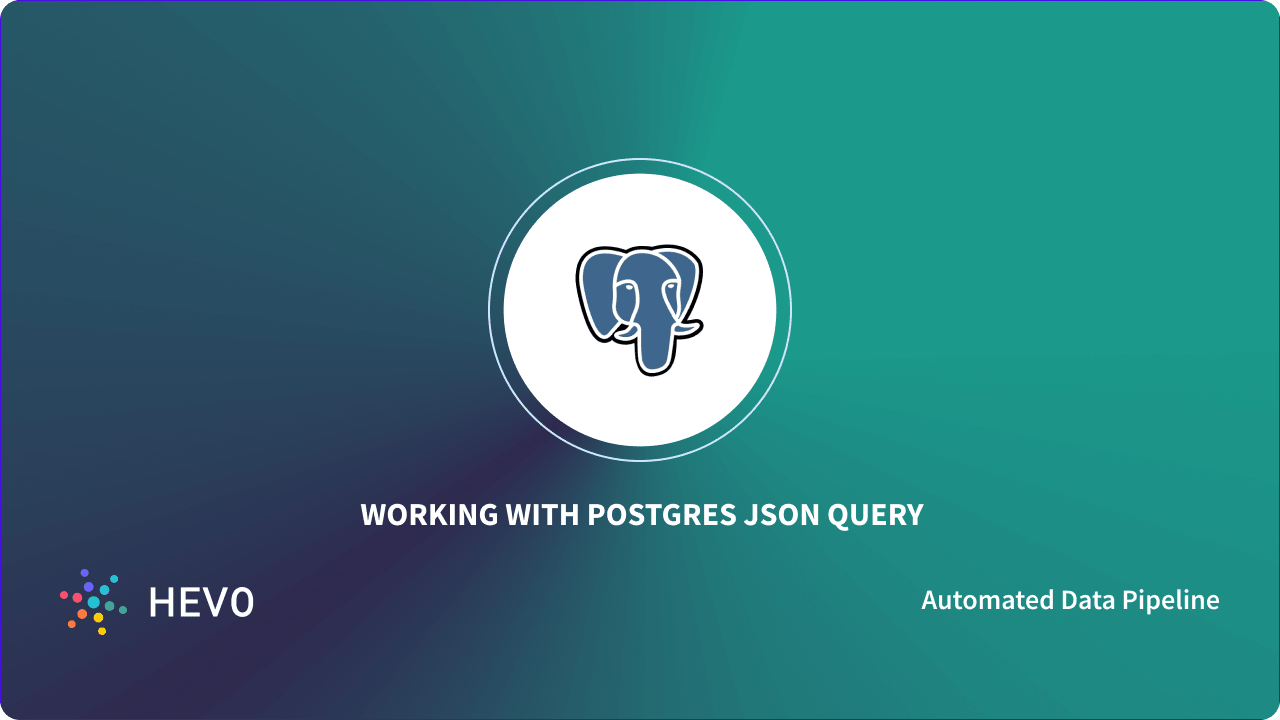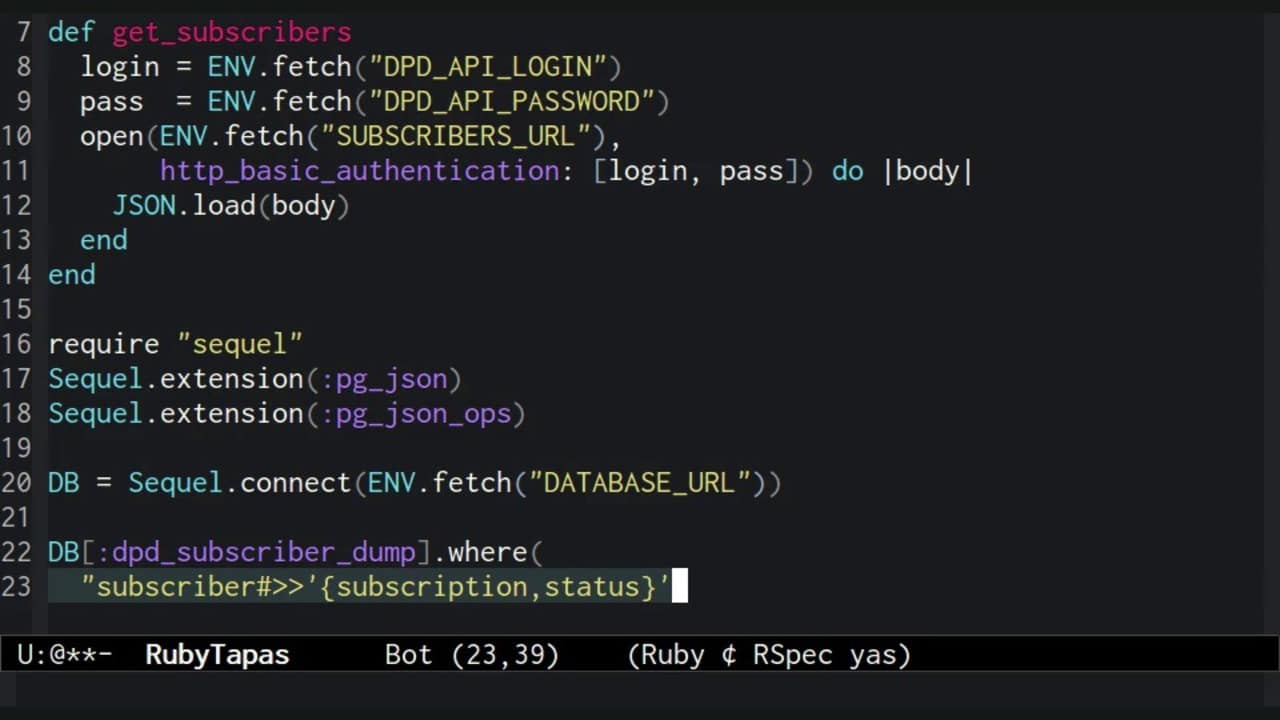
So how efficient are these JSON operations? Arctype is a free, modern SQL editor that makes working with databases easier. We've seen that working with JSON data can be complicated. Checking if an array contains a value using Using JSONPath to work with JSON objects.In this section we covered the basics of working with JSON data in Postgres including: Where (orders -> 'order_details' -> 'cost')::numeric > 4.50 This is what the same query would look like with our regular JSON comparisons: select * JSONPath also enables comparisons without explicit type casting: select * SQL Editor: Arctype Comparison without type casting Where orders '$.order_() > 0' JSONPath Build-in functions example. Let's use the JSONPath size() function to get every order that had >= 1 snack. JSONPath also includes powerful built-in functions like size() to find the length of arrays. SQL/JSON arrays are 0-indexed, unlike regular SQL arrays that start from 1.Square brackets ("") are used for array access.JSON Path is a powerful tool for searching and manipulating a JSON object in SQL using JavaScript-like syntax: Students will always be shown their entire lunch order, so we can avoid expensive joins by keeping the lunch order data together. In this case it would make more sense to store the data in a single document instead of normalizing it. By normalizing the data, we only keep one row for each class in the Class table, instead of duplicating class data for every student in the class.īut what if we also wanted to track every lunch order (entree, sides, drink, snacks, etc) to send each student a summary at the end of every week? The StudentClass table stores every class a student has taken. In the example above, we have a normalized entity relationship diagram for a school database. The concept was first introduced in the 1970s as a way to reduce spending on expensive disk storage. Example of normalized data in a school databaseĭata normalization is the process of splitting data into “normal forms” to reduce data redundancy. A key difference is how each data model handles data normalization. SQL databases use a relational data model, and NoSQL databases usually use a document model. The difference between SQL and NoSQL is the data model. When Would I Use a SQL Database for Non-Relational Data?įirst we have to briefly cover the advantages of using SQL vs NoSQL.
#Postgres json query how to
In this article I cover the benefits of using JSON, anti-patterns to avoid, and an example of how to use JSON in Postgres. There are multiple horror stories of developers choosing a NoSQL database and later regretting it.īut now you can get the best of both worlds with JSON in PostgreSQL.

Just like you can use the JSON columns in the select part of the query, you can also use them in the WHERE part of the query.Have you ever started a project and asked - "should I use a SQL or NoSQL database?" You need to use the -> operator at the last step to get text output, and only then can you cast the text to an integer. Note that you cannot cast JSON to an integer. If you explicitly want the science_marks in integer format, you first get the result in text format, and then cast it to an integer, as shown below − SELECT name, CAST(metadata->'marks_scored'->'science' as integer) Because the 'marks_scored' output is no longer JSON, and thus, the → operator doesn’t work on it. Metadata->'marks_scored'→'science' will give an error.

Metadata→'marks_scored'->' science' will return text Metadata→'marks_scored'→'science' will return a JSON, even though we have integers for science_marks

The difference between the two is that while → returns a json, -> returns a text. Apart from the → operator, the-> operator is also commonly used. This is because → operator always returns a json. Please note that over here, the output column science_marks is of type JSON and not INTEGER. See the example below − SELECT name, metadata->'marks_scored'->'science' as science_marks Suppose I want to know the marks scored in science by both Yash and Isha. Now, let us populate it with some data − INSERT INTO json_test(name, metadata) Let us create a new table in PostgreSQL, called json_test − CREATE TABLE json_test( You just have to create/ define it like any other column and use the data type as JSON. The ability to define JSON columns in PostgreSQL makes it very powerful and helps PostgreSQL users experience the best of both worlds: SQL and NoSQL.Ĭreating JSON columns is quite straightforward.


 0 kommentar(er)
0 kommentar(er)
